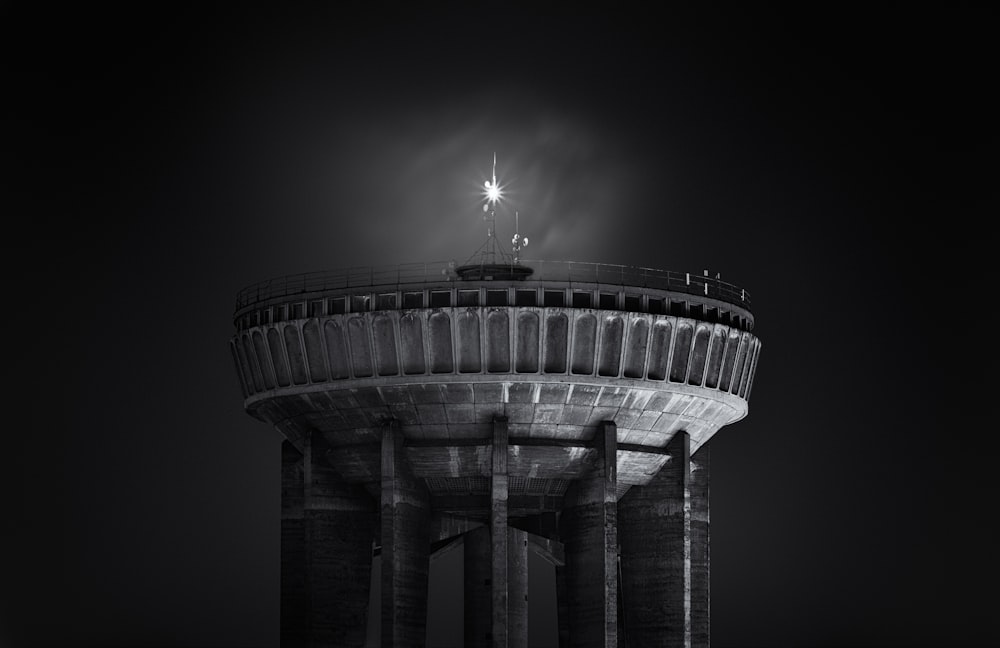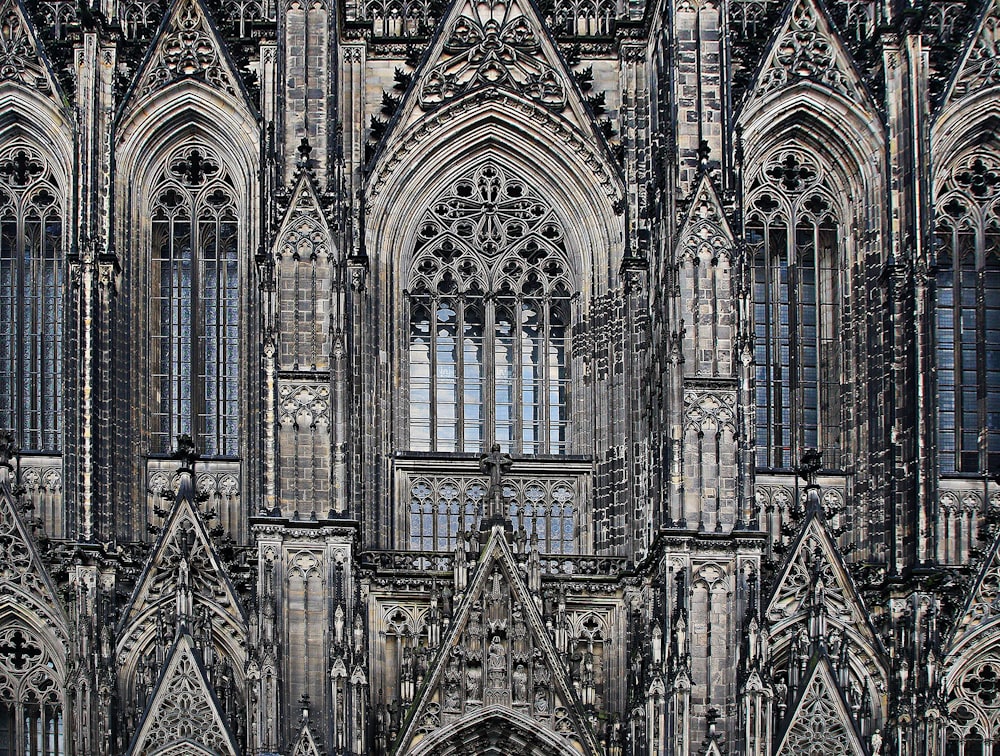Unveiling the Monumental Legacy
Communist architecture stands as a bold testament to an era marked by ideology, ambition, and grandeur. The rise of this architectural style, often characterized by its monumental structures and utilitarian designs, reflects the aspirations of socialist societies across the globe. Let’s embark on a journey through the vision in concrete that is communist architecture.
Ideology in Concrete: The Foundations of Communist Architecture
At its core, communist architecture was deeply intertwined with the ideology of socialism. The emphasis on collective living, equality, and functionality was reflected in the design of buildings meant to serve the masses. From residential blocks to government buildings, every structure was a symbol of the socialist vision for society.
Monumentalism and Massiveness: The Grandeur of Communist Buildings
One of the most striking features of communist architecture is its sheer scale and massiveness. Monumentalism was a defining characteristic, with buildings often designed to inspire awe and convey the might of the state. From the imposing facades of government palaces to the towering statues of socialist leaders, these structures were meant to leave an indelible impression.
The Legacy of Socialist Realism: Artistic Expression in Architecture
In the realm of art and architecture, socialist realism played a significant role during the communist era. This artistic movement emphasized the glorification of socialist ideals through realistic and heroic representations. In communist architecture, this translated into buildings adorned with murals, sculptures, and reliefs depicting scenes of socialist triumph and unity.
Utilitarianism and Functionality: Design for the Masses
While communist architecture often aimed for monumentalism, it also prioritized functionality and efficiency. Residential blocks, for example, were designed to accommodate large numbers of people with basic amenities. Public spaces such as squares and parks were integrated into urban plans to promote community living and leisure.
The Iconic Symbols of Communism: Red Stars, Hammers, and Sickles
Symbols played a crucial role in communist architecture, serving as visual markers of ideology and power. The red star, the hammer and sickle, and other socialist emblems adorned buildings, flags, and monuments. These symbols were not just decorative but carried deep political and ideological significance for the regimes they represented.
The Soviet Legacy: From Moscow to the Farthest Reaches
In the Soviet Union, communist architecture reached its zenith with monumental structures like the Kremlin, the Seven Sisters skyscrapers, and the grandiose metro stations of Moscow. Beyond the capital, cities across the vast Soviet landscape were transformed with socialist realism, leaving a lasting imprint on the urban fabric.
Communism Beyond Borders: Global Influences and Variations
Communist architecture was not confined to the Soviet Union alone; it spread its influence to Eastern Europe, Asia, Africa, and Latin America. Each region adapted the style to its own cultural context, resulting in variations of socialist realism and monumentalism. From the Palace of the Parliament in Romania to the National Palace of Culture in Bulgaria, these structures stand as reminders of a bygone era.
Preservation and Controversies: The Fate of Communist Architecture
In the post-communist era, the fate of communist architecture has been a subject of debate. While some see these buildings as symbols of a totalitarian past to be demolished, others argue for their preservation as historical and cultural heritage. The controversy surrounding the fate of communist-era structures continues to spark discussions about memory, identity, and the legacy of socialism.
Rediscovering Communist Architecture: A Journey Through Time
Today, as we look back on the rise of communist architecture, we see more than just concrete and steel. We see the aspirations, ideals, and contradictions of an era marked by revolutionary fervor. Whether awe-inspiring or controversial, these buildings stand as monuments to a vision of society that shaped the lives of millions.
A Vision in Concrete: The Legacy Lives On
The rise of communist architecture, with its monumentalism, socialist realism, and utilitarianism, was a bold experiment in design and ideology. While the regimes that built these structures may have fallen, their legacy endures in the concrete and steel monuments that dot our landscapes. From the imposing palaces of government to the modest housing blocks of workers, communist architecture remains a vision in concrete—a testament to an era of visionaries, dreamers, and builders. Read more about communist architecture

:max_bytes(150000):strip_icc()/GettyImages-1084171152-8445a490b5894f0a9bb588dbfc2ac22d.jpg)











